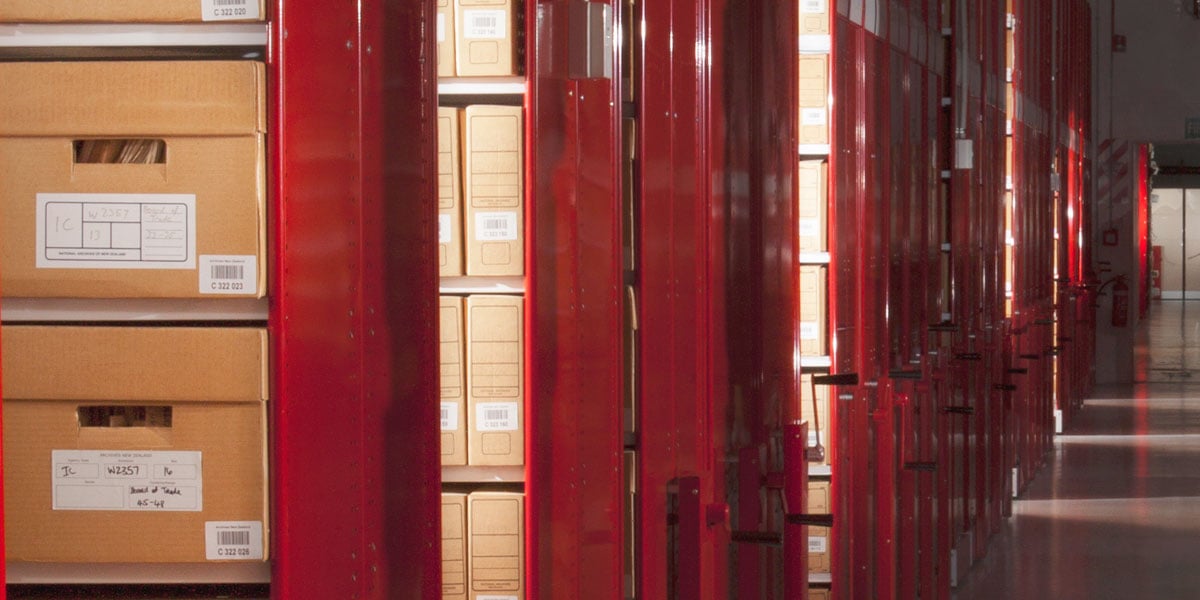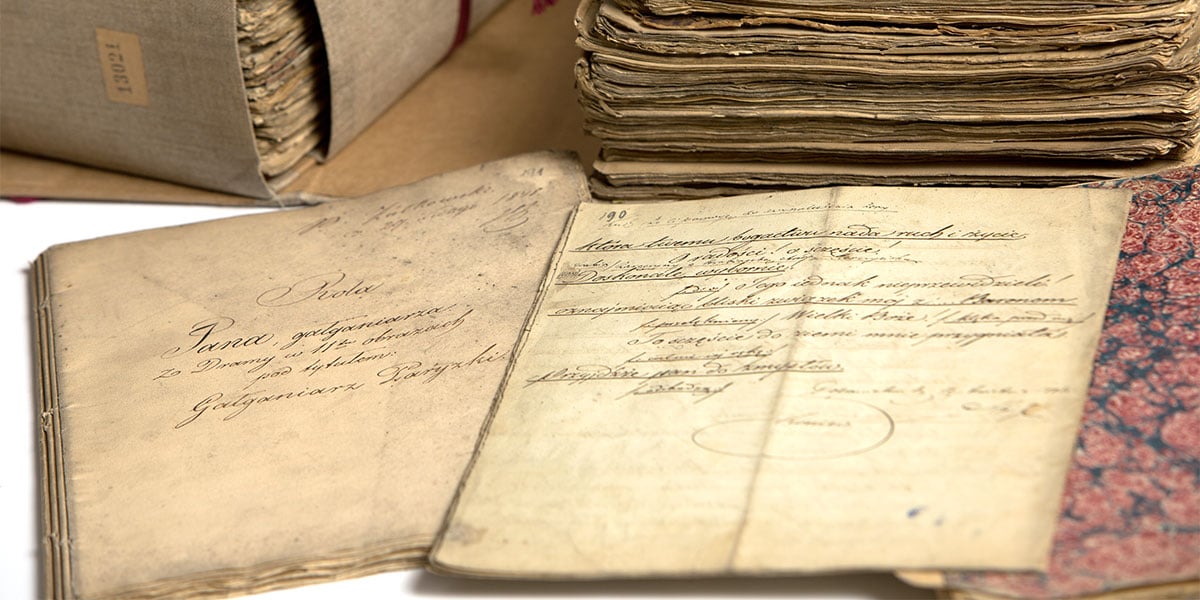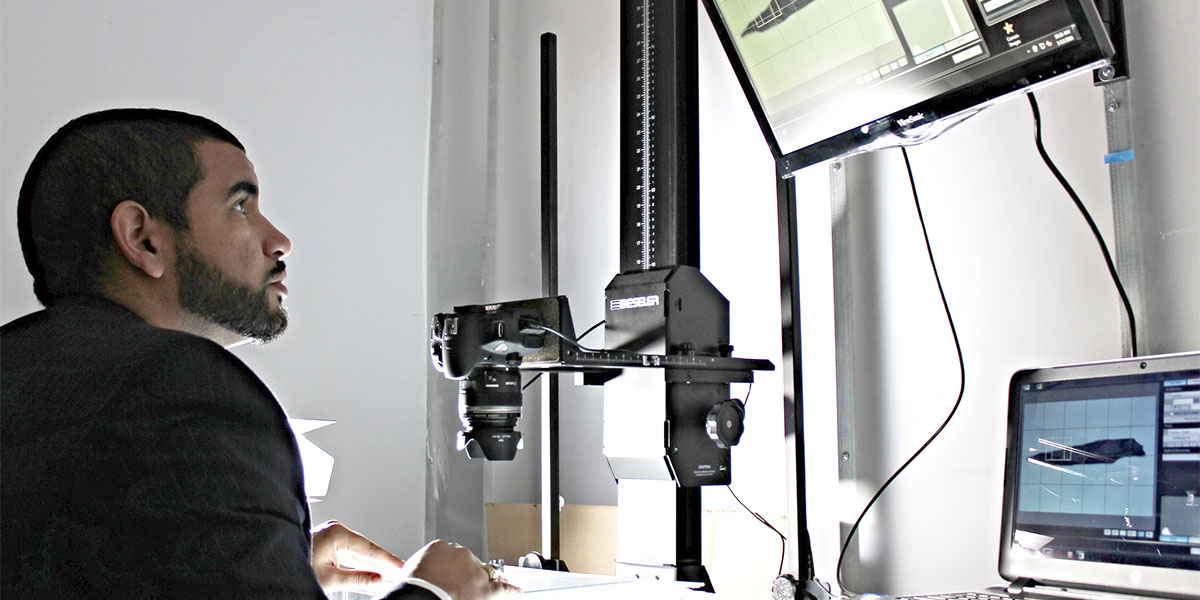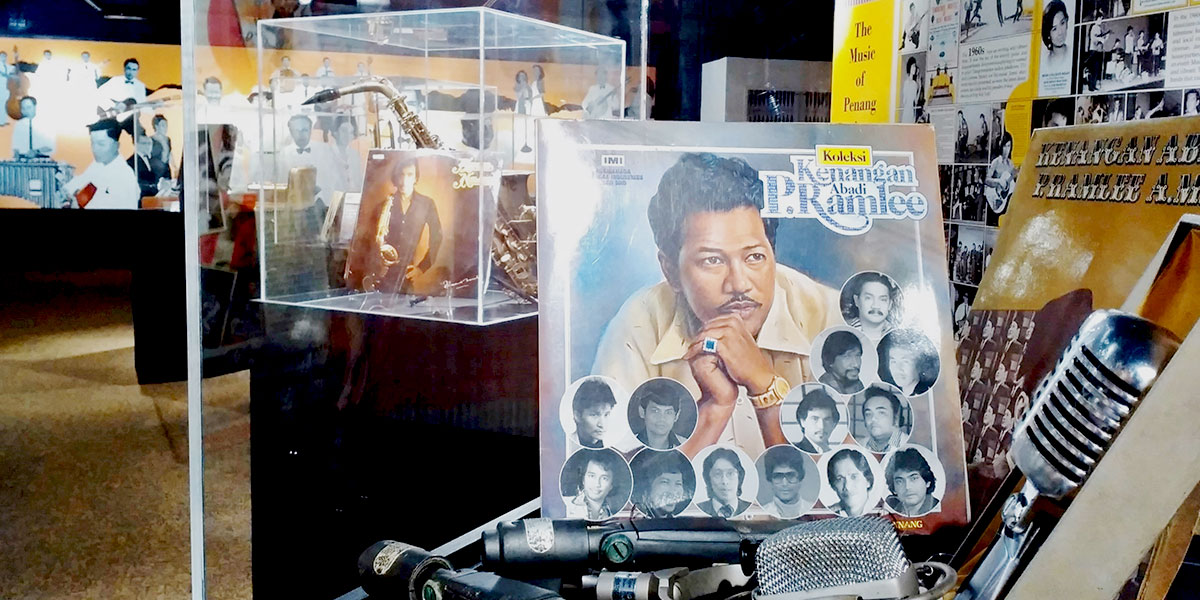Nancy Dixon has written a great post about what special librarians can do in strategic support of their users, titled Three Eras of Knowledge Management. It fits nicely with my own position that it’s not possible to actually manage knowledge. I may be being a bit heretical here—but I believe we need to understand this deeply to know the difference between data professionals, information professionals, and knowledge workers.
We've Moved!
Think Clearly has a new home! Click here to see our latest posts.
*If there’s older content you’d like to catch up on, you can browse right where you are, until Friday, April 5th.
We know it takes a minute to get used to change!
Knowledge Ecosystems and the Pivotal Role of the Special Librarian
Topics: Knowledge Management, KM, Special Librarianship
Requirements for archival projects are different from goals and objectives. Requirements specify what the deliverables of the completed project must be. Requirements define the final product, service, or result. These are statements of quantitative criteria, each of which provides a measure of one or more of the project’s critical success factors. You can visualize the requirements when you consider the current condition of an organization and then examine its future state once the project is completed.
Topics: Professional Development, Strategy, Archives
Offering one-on-one support is a very personal and individualized approach to KM communications. Build a team of people who provide support to users by phone, email, chat, enterprise social network (ESN), and screen sharing.
Topics: Knowledge Management, Training, KM, Customer Engagement
The Value of Cultural Heritage Experiences in the Museum
As museums have evolved, so have their exhibits. We’ve seen displays go from wax model recreations of Neanderthals, miniaturized versions of places, touch and play set ups to interactive digital panels, integrated multi-media, and even augmented reality (AR) and virtual reality (VR) set ups that enhance the exhibit experience.
Topics: Museums, Strategy, Collections Management
On-Site or Off-Site Storage – Part 3: Preservation and Access
Off-site and remote storage facilities can serve as havens for items that have long-term preservation needs. One of the triggers for moving materials to off-site and remote storage facilities is an increased need for preservation. Items that are fragile, damaged, or need long-term storage in a stable environment may be candidates for transfer to off-site storage facilities.
Topics: Strategy, Collections Management, Special Librarianship
Goals and objectives are instrumental in strategic planning for archives because they turn the project’s vision into measurable targets. Goals are the ends towards which a project is directed; objectives are more detailed than goals and explain how goals will be accomplished. With both in hand, archivists build and support the vision for what they wish to achieve with their projects.
Topics: Professional Development, Strategy, Digital Archives, Archives
If you are ever at a dinner party and want to kill a conversation, tell the people you’re sitting with that you are into knowledge management. They won’t exactly move their chairs away, but they’ll suddenly be more interested in the food they’re eating. AI, however, is something many people have an opinion about—and it could just be the big break that KM needs.
Topics: Knowledge Management, Artificial Intelligence, KM
Last week we introduced the topic of 3D digitization in museums. The post investigated 3D digitization adoption and explored one of the two main methods: photogrammetry. This post will evaluate the second method—LIDAR scanning—and will conclude with recommendations for museums to consider when choosing a 3D digitization method.
Topics: Museums, Technology
Storing records, collections, and objects in off-site and remote storage facilities limits access to original materials. Decisions about storage affect how your staff and clientele work and their ability to access information in a timely manner. The best storage solutions minimize disruption of service and frustration.
Topics: Strategy, Collections Management, Special Librarianship
The most vital aspect of managing a successful archival project is identifying the right problem to be solved. In the cultural heritage sector, too many excellent exciting projects exist, but limited resources hamper seeing them to fruition. Archivists should prioritize projects that add value to the organization.
Topics: Professional Development, Strategy, Archives
In order for users to adopt and continually leverage your KM program, you must make it easy for them to access people, process, and technology components. This includes providing an intranet, portal site, or mobile app with obvious links to the available resources. Allow users to quickly navigate to the appropriate sites or apps based on their role, business process stage, and current requirements.
Topics: Knowledge Management, Training, KM, Customer Engagement
With increased availability of affordable virtual reality (VR) and augmented reality (AR) technologies, it may seem like 3D digitization of environments, objects, and structures is fairly new. For museums, experimenting with 3D digitization began in the early 2000s and is now becoming commonplace within a museum’s digitization lab.
Topics: Museums, Technology
SydneyEnterprise & The Penang House of Music - Access to Musical Heritage
The Penang House of Music is a gallery and library dedicated to documenting the diversity of the local community’s cultural and musical traditions, including popular music in Penang. It came into being as part of the Penang Musical Heritage Project (PHMP), with the support of the Penang State Government.
Topics: SydneyEnterprise, Special Libraries, Collections Management
Our KM Conversation webinar series included a chat with knowledge management evangelist and expert Stan Garfield about using gamification techniques, including offering tangible rewards for participation in a KM program.
Topics: Knowledge Management, KM, Customer Engagement
Who Owns Digital Culture? An Important Question Museums Must Consider
The ability to digitize and publish collections online through a collections management system has helped reinvent how museums present their holdings. In the beginning, there was resistance to publishing digital images of collection objects online. This was due to a (now proven false) concern that people would no longer visit the museum if they could view collections online.
Topics: Museums, Strategy, Collections Management
On-site or Off-site Storage – Part 1: Implications of Storing Materials Off-site
Our esteemed guest blogger, Miriam Kahn, has used municipal and county courthouses and record centers to compile legal, real estate and genealogical information for 20 years. She experienced the shift from print to digital, from photocopies to microfilm to digital, and from paper deliverables to digital delivery—and is very familiar with issues surrounding long-term storage of paper, audiovisual, and digital materials. We asked Miriam to bring her years of insight as an information professional and free-lance researcher to a blog series on the merits and challenges of off-site and remote storage.
Topics: Strategy, Collections Management, Special Librarianship
Although some archivists debate the necessity for item-level access, it is often more challenging to describe images in the aggregate. Collection-level description can be useful for images of the same subject, but problematic for collections with a variety of subjects, as it neither improves retrieval nor limits the handling of the originals. Group arrangement and description are necessary for large collections or when resources are limited.
Topics: Digital Archives, Archives, Collections Management
In order to motivate those in your organization to embrace knowledge management, you must be able to passionately describe the end-state vision for your program. What does KM look like when it’s working? Establish a vision for how knowledge management should work, and relentlessly work towards making that vision a reality.
Topics: Knowledge Management, Training, KM, Customer Engagement
















